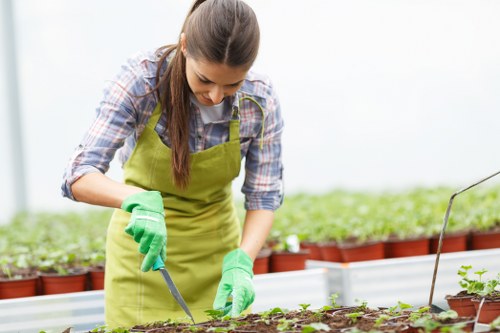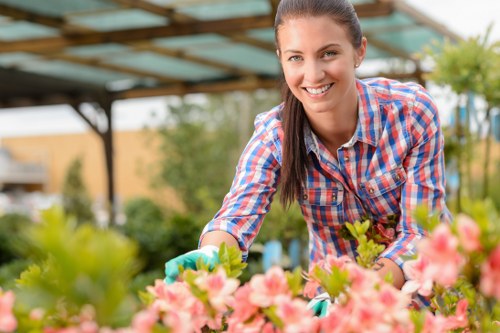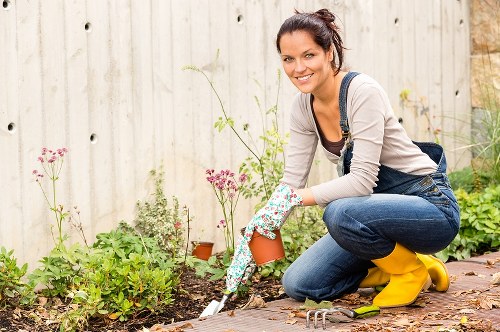Gardeners Seven Sisters: A Comprehensive Guide

Gardening enthusiasts have long admired the Seven Sisters for their stunning beauty and resilience. These iconic plants not only enhance the aesthetic appeal of any garden but also offer a plethora of benefits for both novice and seasoned gardeners.
The term "Seven Sisters" can refer to various species depending on the region, but in the context of gardening, it often denotes a group of hardy perennials known for their vibrant blooms and low maintenance.
In this article, we will explore the characteristics, care tips, and local varieties of the Gardeners Seven Sisters, ensuring your garden thrives throughout the seasons.

Understanding the Seven Sisters
What Are the Seven Sisters?
The Seven Sisters in gardening typically include:
- Lavender
- Echinacea
- Black-eyed Susan
- Salvia
- Shasta Daisy
- Coreopsis
- Sedum
Each of these plants brings unique qualities to the garden, from delightful fragrances to vibrant colors.
Understanding the specific needs of each can help in creating a harmonious and flourishing garden.

Benefits of Planting the Seven Sisters
Attracting Pollinators
One of the primary advantages of the Seven Sisters is their ability to attract pollinators like bees, butterflies, and hummingbirds. This not only helps in the pollination of these flowers but also supports the local ecosystem.
Low Maintenance
These plants are known for their resilience and require minimal care once established. They are drought-tolerant and can thrive in various soil conditions, making them ideal for gardeners with busy schedules.
Seasonal Blooms
The Seven Sisters offer blooms throughout different seasons, ensuring your garden remains colorful all year round. From the early spring blossoms of lavender to the late summer hues of sedum, there's always something to admire.

How to Care for the Seven Sisters
Planting Tips
When planting the Seven Sisters, it's essential to consider their sunlight and soil requirements. Most of these plants thrive in full sun and well-drained soil.
Soil Preparation
Ensure the soil is rich in organic matter. You can amend it with compost to improve fertility and drainage.
Spacing
Proper spacing is crucial to prevent overcrowding. This allows each plant to receive adequate sunlight and airflow, reducing the risk of disease.

Local Varieties Near Seven Sisters
Exploring Nearby Areas
The Seven Sisters thrive in various regions, each offering unique local varieties that cater to different gardening needs.
- Fernhill: Known for its lush habitats, Fernhill is home to a rare variety of Echinacea.
- Mapleton: This area offers a diverse range of Salvia species, perfect for pollinator gardens.
- Riverside: Riverside's climate supports robust Black-eyed Susans, ideal for sunny borders.
- Hillcrest: Hillcrest gardens often feature Shasta Daisies, adding elegance to any landscape.
- Brookside: Brookside's fertile soil is perfect for Coreopsis, ensuring vibrant blooms.
- Sunnyvale: Sunnyvale is renowned for its Sedum varieties, which are both hardy and beautiful.
- Oakwood: Oakwood's diverse ecosystem supports multiple Seven Sisters species, enhancing garden diversity.
- Lakeside: Lakeside specializes in Lavender, providing fragrant and visually appealing plants.
- Pinehurst: Pinehurst's well-drained soils are ideal for growing resilient Seven Sisters.
- Meadowbrook: Meadowbrook offers a mix of Seven Sisters, perfect for creating colorful meadows.
Common Challenges and Solutions
Pest Control
While the Seven Sisters are generally low maintenance, they can occasionally fall victim to pests like aphids and slugs. Regular monitoring and natural pest control methods can keep these issues in check.
Disease Management
To prevent diseases such as powdery mildew, ensure proper spacing and adequate airflow around the plants. Removing affected leaves promptly can also help manage outbreaks.
Watering Techniques
Overwatering can lead to root rot and other moisture-related issues. It's essential to water the Seven Sisters deeply but infrequently, allowing the soil to dry between watering sessions.
Designing Your Garden with the Seven Sisters
Color Coordination
The vibrant colors of the Seven Sisters can be used to create visually appealing garden designs. Combining different hues can add depth and interest to your garden space.
Companion Planting
Pairing the Seven Sisters with complementary plants can enhance their growth and overall garden health. For example, planting lavender alongside roses can improve fragrance and deter pests.
Seasonal Arrangements
Incorporating plants that bloom in different seasons ensures continuous color and interest. Strategically placing early and late bloomers can keep your garden lively throughout the year.
Conclusion
Why Choose the Seven Sisters
The Gardeners Seven Sisters offer a perfect blend of beauty, resilience, and ease of care. Whether you're a beginner or an experienced gardener, these plants can significantly enhance your gardening experience.
Start Your Garden Today
With their diverse range of colors and minimal maintenance requirements, the Seven Sisters are a fantastic addition to any garden. Begin planting today and enjoy the vibrant blooms and thriving ecosystem they bring.
Frequently Asked Questions
1. What are the best conditions for growing the Seven Sisters?
The Seven Sisters thrive in full sun and well-drained soil. They prefer fertile ground and benefit from regular watering, especially during dry spells.
2. Can the Seven Sisters be grown in containers?
Yes, many of the Seven Sisters can be successfully grown in containers. Ensure the pots have adequate drainage and use a high-quality potting mix.
3. How do I prevent pests from damaging the Seven Sisters?
Regular monitoring and employing natural pest control methods, such as introducing beneficial insects, can help keep pests at bay. Avoid using chemical pesticides that can harm beneficial pollinators.
4. Are the Seven Sisters suitable for attracting butterflies?
Absolutely. Plants like Echinacea and Salvia are particularly effective in attracting butterflies, making your garden a lively and colorful space.
5. How often should I water the Seven Sisters?
It's best to water deeply but infrequently, allowing the soil to dry out between watering sessions. This encourages deep root growth and helps prevent water-related issues.


